6 Secrets from Meal-Prep Masters
Nutritionists, cookbook authors and moms share the expert tricks that help them prepare healthy, tasty meals—no matter how busy life is.
By Lynn Andriani
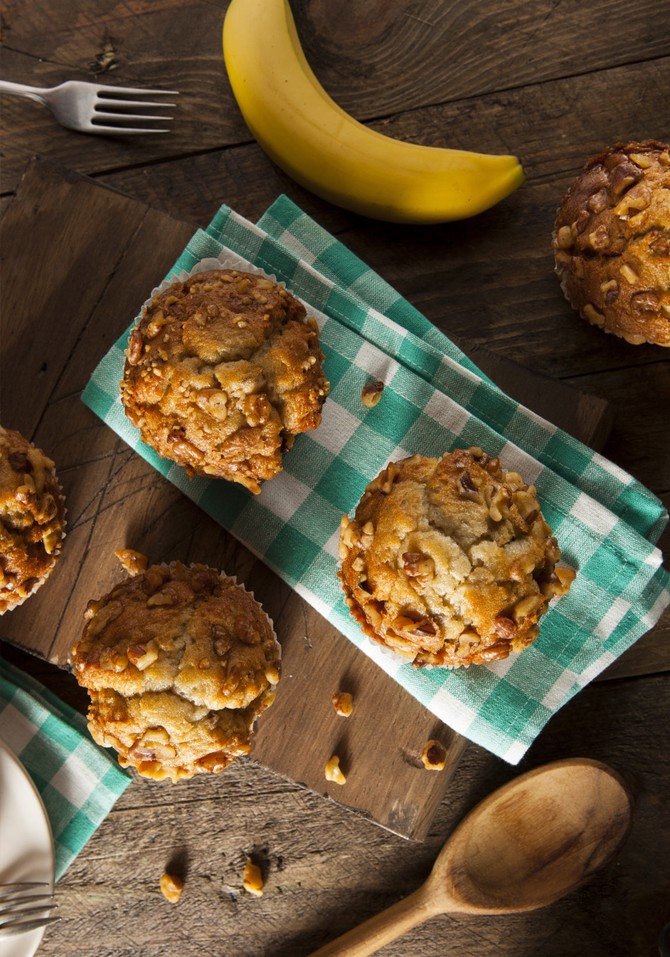
Photo: bhofack2/iStock
Start small.
Lindsay Livingston, a registered dietitian in Columbus, OH, is just like the rest of us: She sees all those gorgeous Instagram posts of an entire week's worth of food laid out. But the reality is, those pictures—and that prep—can also be pretty intimidating. So, instead of attempting to plan breakfast, lunch, dinner and snacks for five or seven days, she says, start with the meal that you struggle with the most. If you're often dashing out with no time for breakfast, try to set up just a week's worth of a.m. meals by making a big batch of oatmeal, or some muffins or waffles, you can freeze and defrost individually. Or, if you tend to hit the vending machine for snacks, prepare a bunch of hard-boiled eggs and grab one on your way out the door each morning for when your stomach starts to growl.
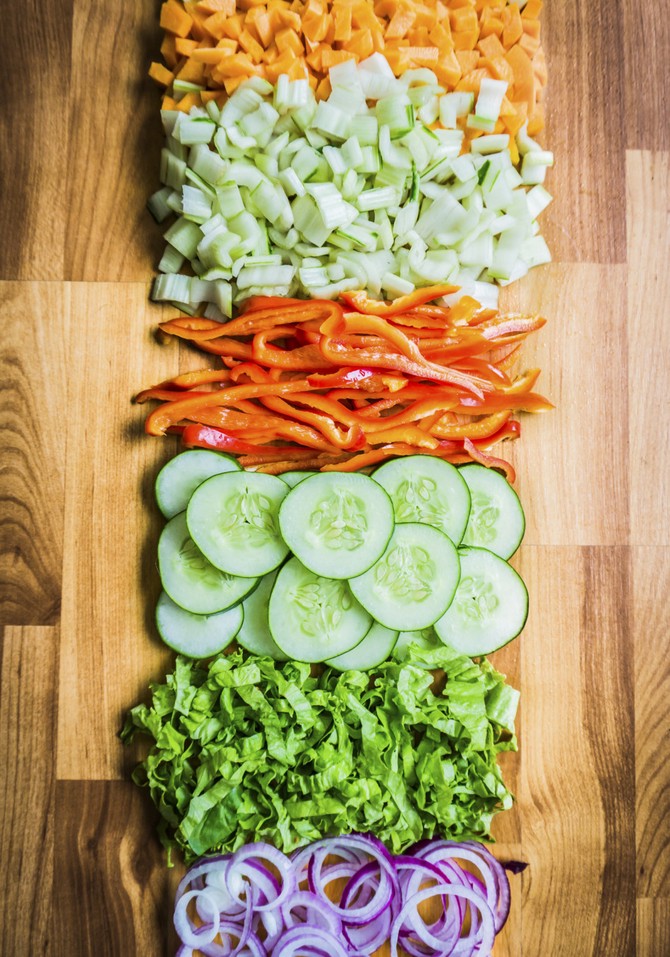
Photo: oscarhdez/iStock
Set yourself up for success on Sunday.
Most of the meal-planning gurus we talked to have superbusy lives, yet they realize putting in two or three hours of cooking on a Sunday will save them hours later in the week. Merrill Stubbs, co-founder of Food52 and co-author, with Amanda Hesser, of the new book, Food52: A New Way to Dinner, says that once you add up how much time you'd spend on chores, such as chopping onions, peeling garlic and washing cutting boards on Monday, Tuesday, Wednesday and Thursday (and maybe even beyond), you'll realize it makes more sense to do it all in one fell swoop. "In the end, your net time spent is going to be less," she says.
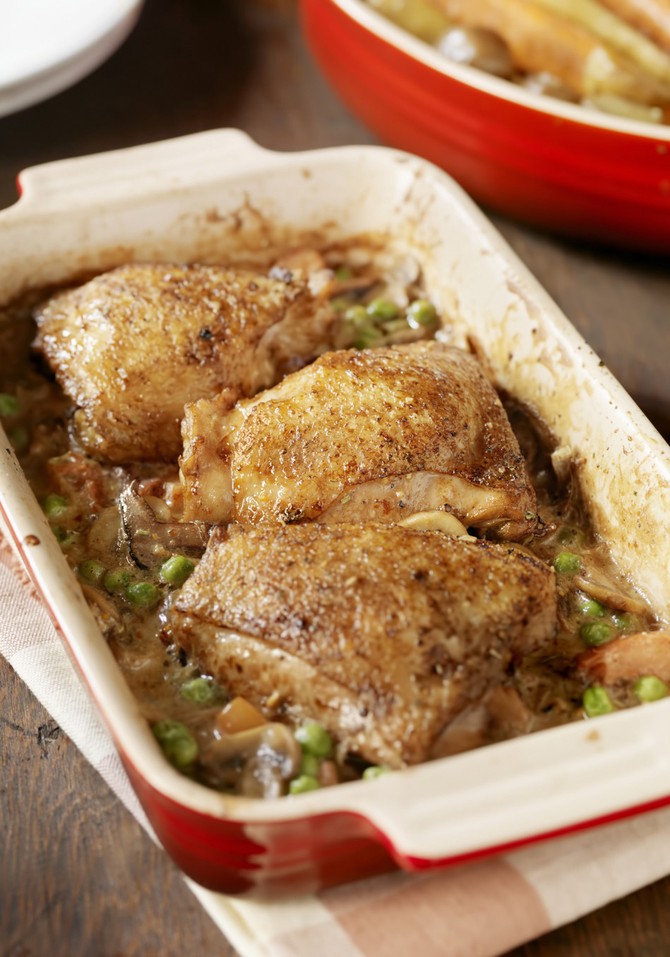
Photo: Lauri Patterson/iStock
Pick your recipes wisely.
Meal prep is easiest if you select recipes that can "bear the burden of being stretched and poked and prodded to adapt," says Stubbs. That is, you want to choose dishes with some flexibility, that you can change up, depending on the season and what ingredients you have. One example: a chicken dinner Stubbs calls a "braise/roast." She'll toss in herbs, if she has them, or skip them entirely; also wine, chicken stock or no liquid at all. It works, no matter what.
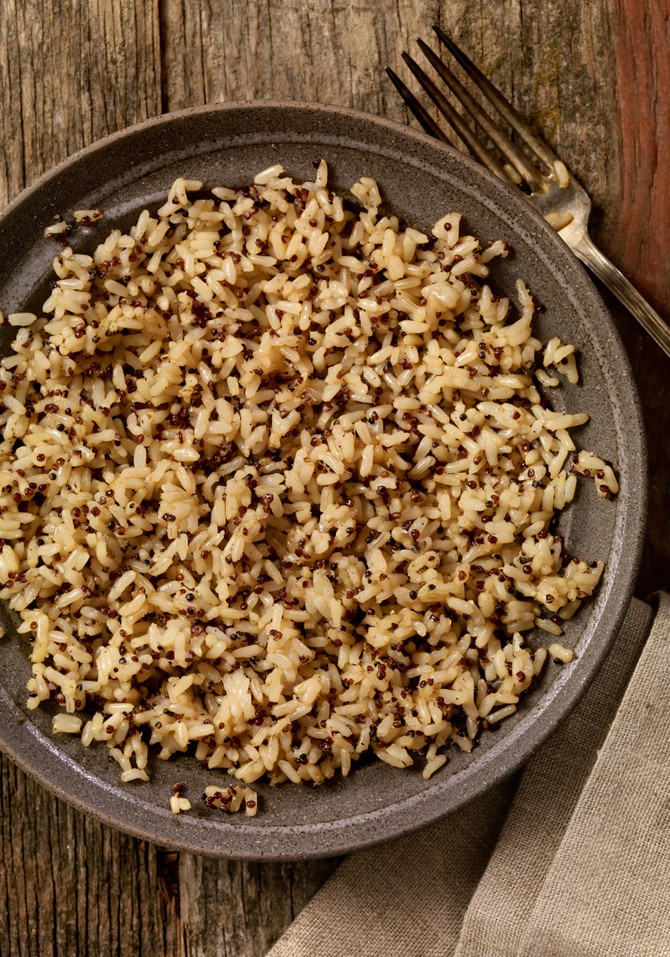
Photo: Lauri Patterson/iStock
Cook one (just one!) part of dinner.
As food prep becomes more of a habit, and you start to know what's coming up in the days ahead, "try cooking some parts of your week's meals on a Sunday or Monday, to eat throughout the week," says Livingston. Having one staple component ready (whether it's poached chicken, roast pork tenderloin or brisket cooked overnight in the slow cooker, which you can then use in a number of ways) can be just as helpful as having a whole casserole in the fridge, she says. Other ways to ease into preparing meals ahead of time: Cook a pot of brown rice or quinoa. You can use it as a side dish for a couple of meals, or as the basis for an entrée, such as fried rice. It's also great added to salads.
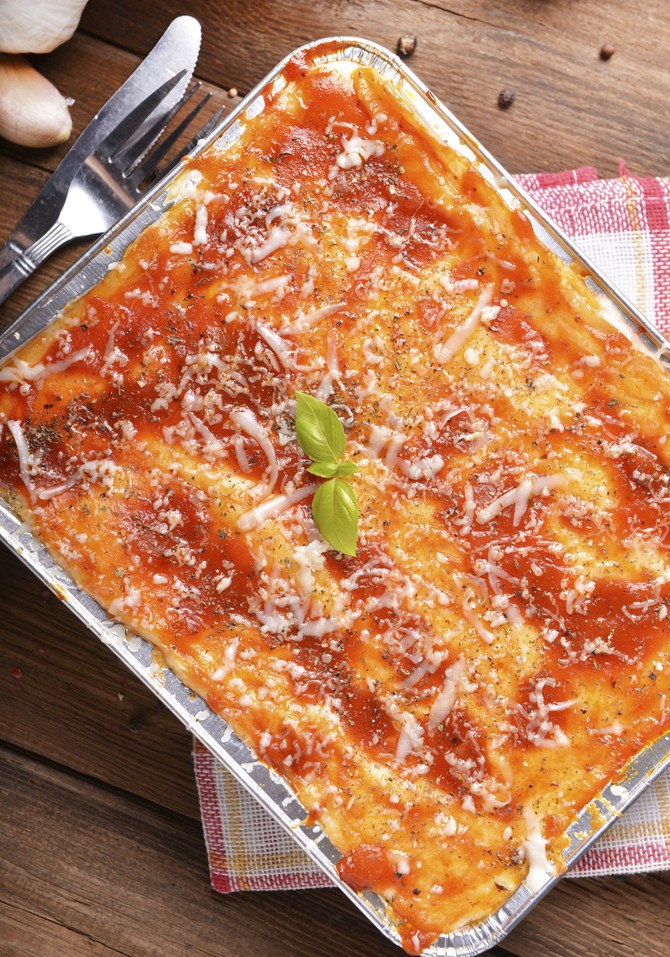
Photo: Piotr Krześlak/iStock
Store food in portions you'll actually eat.
A big, frozen platter of lasagna sounds great—until it's 5 pm, you and one other person in your family want to eat it for dinner tonight and it's rock solid. Becky Rosenthal, author of Fast to the Table Freezer Cookbook, often feeds her family of three with trays of food she's made ahead and frozen. Her trick: Instead of putting the entire recipe's worth into one 9- x 13-inch baking dish, she packages the meals in sizes that make sense for her family. An 8- x 8-inch container of lasagna is perfect for them; plus, the smaller portion defrosts more quickly. (Rosenthal uses foil trays, so she doesn't have to leave one of her own dishes in the freezer for weeks.)
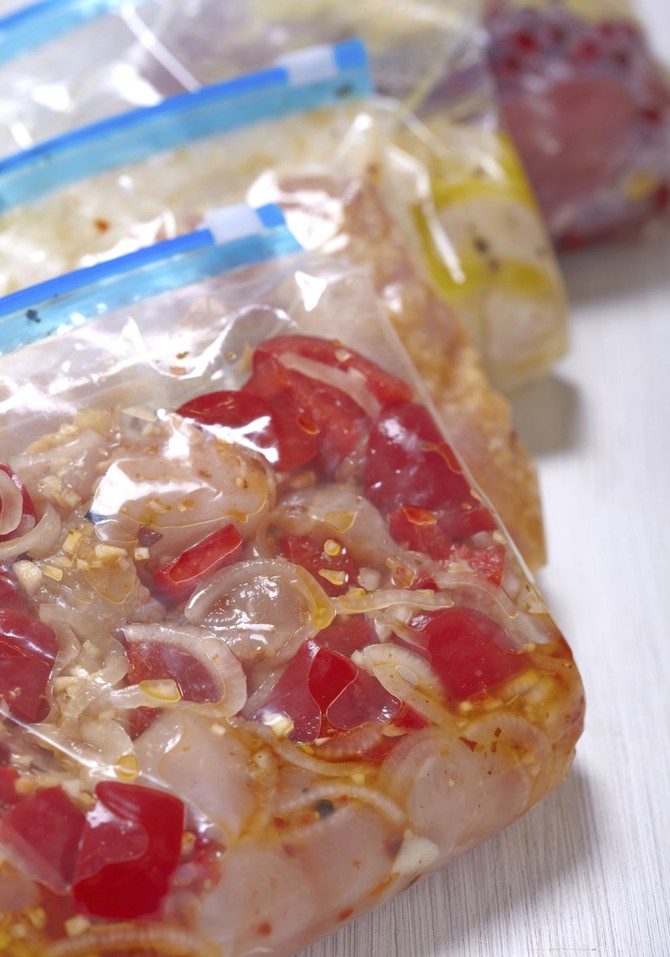
Photo: Azurita/iStock
Organize your freezer like a filing cabinet.
Here's one tip from Rosenthal neat freaks (or aspiring neat freaks) will love: When your butternut-squash bisque or chicken noodle soup has finished cooking, let it cool in the pot, then ladle it into resealable plastic bags in portions that make sense for your household. Lay the bags flat in the freezer (horizontally) and label each one on the zipper with a permanent marker or freezer-proof tape. Once they're frozen, stand the bags up vertically and you'll be able to read the "labels" by simply flipping through, as if the bags were files. Another trick from Rosenthal (it's especially handy if you have a chest freezer, which can feel like a black hole of food storage): Keep a small whiteboard nearby and list your inventory. For instance, "Cooked shredded chicken—3" means Rosenthal has three bags of taco-ready chicken.
Published 09/07/2016

